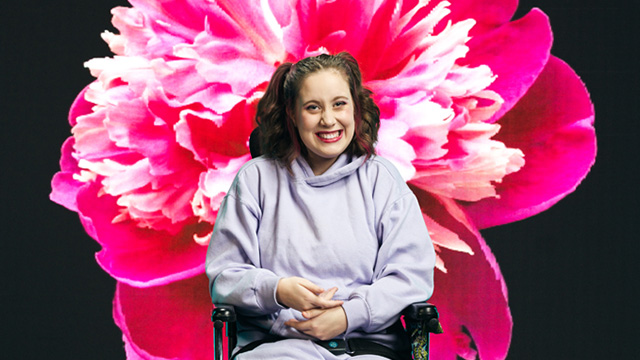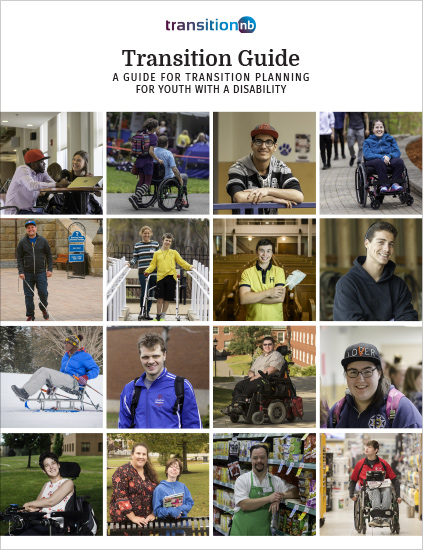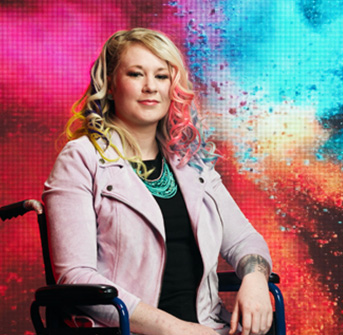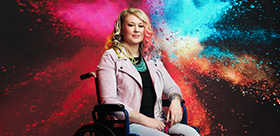We can help you:
- Build your planning team with people you trust and rely on, so you are supported to create a path to reach your goals.
- Complete a formal PATH (Planning Alternative Tomorrows with Hope) plan with short-term and long-term goals.
- Figure out your career options by looking at in-demand jobs and the skills and training you need to do them.
- Develop a resume, cover letter, portfolio, LinkedIn profile, and prepare you for interviews.
- Find jobs (e.g., summer employment, co-op placements, internships and/or apprenticeship opportunities).
- Review accessibility requirements for university, college, other training, and employment, and complete accessibility reviews to find solutions with these organizations that work.
- Coordinate tours of training, post-secondary, and education facilities to get insight into services, facilities, and accessibility.
- Connect to student accessibility and accommodation centres and services.
- Connect with Occupational Therapists, augmentative communications specialists, assistive technology specialists and accessibility/accommodation centres to determine equipment, technology, assistive devices, educational assistants, tutors and/or note takers that may be helpful for your studies.
- Connect with peer mentors.
- Complete student loan, Canada Student Grant, Training & Employment Support Services (TESS), scholarship and bursary applications.
- Develop money and budget skills.
- Complete applications for the Disability Support Program (DSP). The DSP plan may request services needed outside of school hours for help with personal activities (e.g., bathing, dressing, ventilator care, help with housework).
- Find accessible and affordable housing and transportation. This may include help with applications for housing and housing modifications, and getting drives for school, jobs, and social events.
- Get involved and have fun! Discover social, cultural, sports, groups, associations, societies, and other events and activities in the community.





